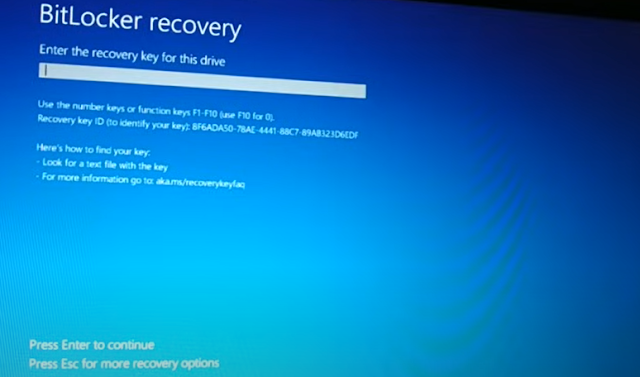Forgot bit locker pin, forgot bit locker recovery key, 5 Easy ways to fix


In CMD (Command Prompt), the ping command is used to test the internet connectivity or short distance connectivity between two devices on a network. The ping command sends a small packet of data to a destination IP address and waits for a response. The response time and success or failure of the ping can help diagnose network connectivity issues. The syntax for the ping command is as follows:
ping [-t] [-a] [-n count] [-l size]
[-f] [-i TTL] [-v TOS] [-r count] [-s count] [-w timeout] target_name
Where:
Here are some examples of how to use
the ping command:
1. To ping a device on the network by its IP address, type: ping
192.168.31.1
2. To ping a device on the network by
its host name, google, for example, type: ping www.google.com
3. To specify the size of the ping
packet, type: ping -l 1000 www.google.com
Note that some networks and devices
may block or ignore ping packets, which can cause incomplete or inaccurate
results. Additionally, some options with the ping command may require administrative
privileges.